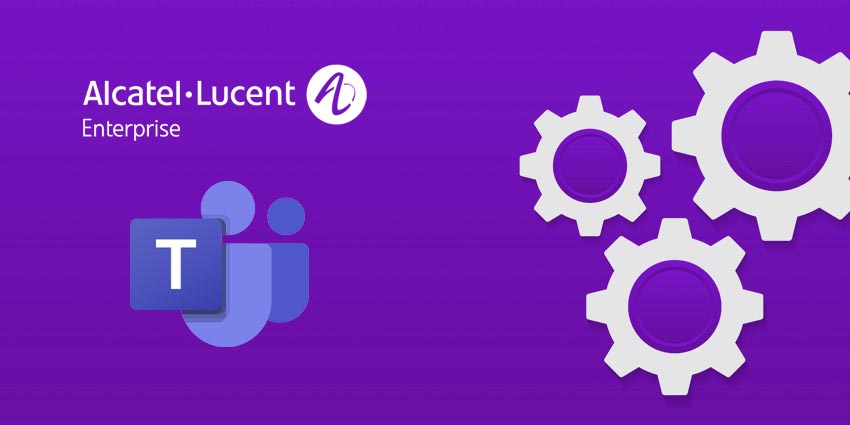Plugging critical gaps in the world’s technological capabilities is what gets innovators up in the morning.
Where some see insurmountable deficiency, they see an opportunity.
So it is with Microsoft Teams.
That most titanic of collaboration tools was once missing the telephony trick: the brilliance of its videoconferencing and document sharing functionality somewhat let down by its inability to also provide users with a similarly-stellar voice option.
Not so now, of course (there’s a licence for everything depending on your budget) but, for many enterprises reliant on O365, combining the power of Teams’ wider functionality with a voice solution that best suits their needs is an ‘integration’ play.
They look to marry the magic of Microsoft with a separate all-in-one-place communications platform that gives them everything they need at a price which works for them.
For the providers of those platforms, it’s less of a head-to-head competition with Teams, more of a hand-in-hand, cost-effective customisation of enterprises’ stacks.
Whether a direct customer or a Managed Service Provider, selecting the right platform – with clever APIs, smart functionality and brilliant service support – enables an innovative integration capable of transforming everything.
“We cannot deny that Teams is globally present and that almost everyone is a Microsoft user, but only a very small number have the full telephony capabilities,” says Sebastien Baillot, Business Engine Manager at global enterprise communications solutions provider Alcatel-Lucent Enterprise, whose Teams-integrated, all-in-one-place ‘Rainbow Office’ powered by RingCentral communications platform is the perfect case in point.
“Depending on licensing, Teams can be limited only to, say, instant messaging and video conferencing. Enterprises where that is the case have a decision to make: do they go with a full Teams solution and pay extra, or do they look for another option which better meets their business challenges.
“For example, our Rainbow Office platform has many enhanced features compared to Teams, such as self-routing, group call and voicemail functionality. Also, it addresses more countries around the world and, importantly, its pricing is very competitive.”
In addition to telephony, ALE’s platform boasts a full end-to-end, cloud-based unified communications offering too, such as instant messaging and videoconferencing as well as, crucially, being fully-certified and compatible with more traditional SIP technology and hardware.
“Rainbow Office customers are able to reuse their existing phones and migrate them into the cloud,” says Baillot.
“That means enterprises can provide employees with softphone OR desk phone functionality and therefore carefully pace their journey to the cloud in a way which does not negatively disrupt the workplace.
“The same applies to video conferencing and collaboration. Some enterprises still have physical meeting rooms, for example, so hardware in which they may have only recently invested needs to be compatible in order that those assets can be sweated. A Rainbow Office and Microsoft Teams integration can deliver on all of those fronts.”
However, it is in the areas of service and support where enterprises who opt for a third-party provider of a Microsoft Teams/telephony integration really benefit big.
Local support teams speaking local languages; expert on-the-ground engineers; self-service portals giving often-small in-house IT teams the ability to manage their own systems effectively: all of these things come as standard components of a Rainbow Office licence.
In the case of ALE’s Rainbow Office solution, they are potent differentiators.
“We do have local teams and business partners all over Europe ready to be on site with the customer whenever needed,” says Baillot.
“Also, we make it really easy for the customer to maintain the solution themselves, such as adding or removing users, which is a compelling ALE market differentiator.”
Finally, open APIs enable users to integrate more widely with other business-critical applications such as CRM platforms and internal human resource programmes.
“All of that means Managed Service Providers and end user organisations can leverage increased complexity in ways which deliver enhanced productivity, efficiency and, ultimately, profitability,” says Baillot.
It seems combining the power and global reach of Teams with the smarts and innovation of a clever, all-encompassing UC platform may represent the best of both worlds.
To learn more about how ALE can help your and your customers’ businesses digitize and thrive, visit www.al-enterprise.com







